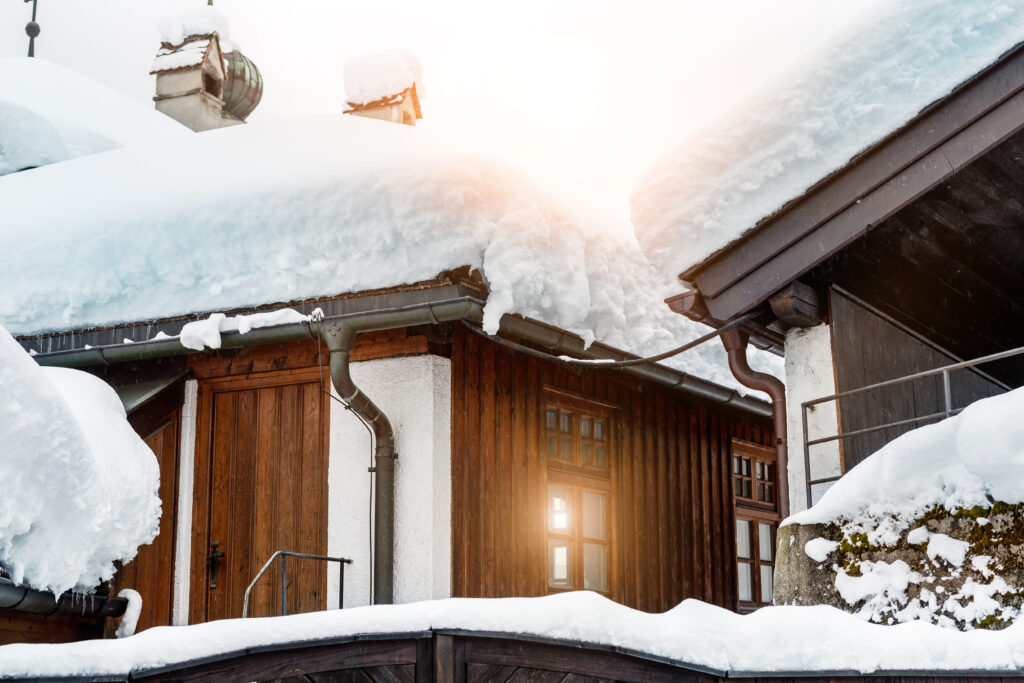Icicles have become an iconic symbol of winter, but there’s more to them than meets the eye.
They’re often seen in holiday films as something fun and beautiful during freezing temperatures, but icicles are not as glamorous as the holiday season has made them seem. Large icicles hanging from your roof may be a potential sign of insulation issues in your attic.

How do icicles form?
The simple answer: Ice dams.
Ice dams can be a result of an underlayer of snow melting due to heat leaking from the attic. The melted snow eventually meets freezing air and forms into literal ice dams. These blocks of ice cause the continued melting snow to drip over the edge, meeting the freezing air, and forming into thick icicles.

Why is my home leaking heat?
Heat leaking from your attic can be a result of poor insulation or lack of proper ventilation. The heat from inside the home rises through any leak-prone areas in the ceiling or walls, making an escape route through the attic.
With a proper insulation and ventilation system installed, heat loss through the attic should not be a concern for homeowners who want their home to remain comfortable and efficient during the winter season.
Additionally, other ways to ensure your homes heat is not leaking would be to fix and seal any leak-prone areas such as chimneys or attic vents and cleaning your gutters of debris during the fall and winter.

Why do I have icicles with an improved system?
Of course, when heat from the sun begins melting the snow, icicles may form naturally when that melting snow is once again frozen at night when temperatures drop. Although icicles are a sign of potential issues, it is also impossible to avoid and may just be the natural melting process.
The main way to know if it is an insulation issue in your home is to have a professional come to your home and inspect your roof and attic space ahead of the winter season.

